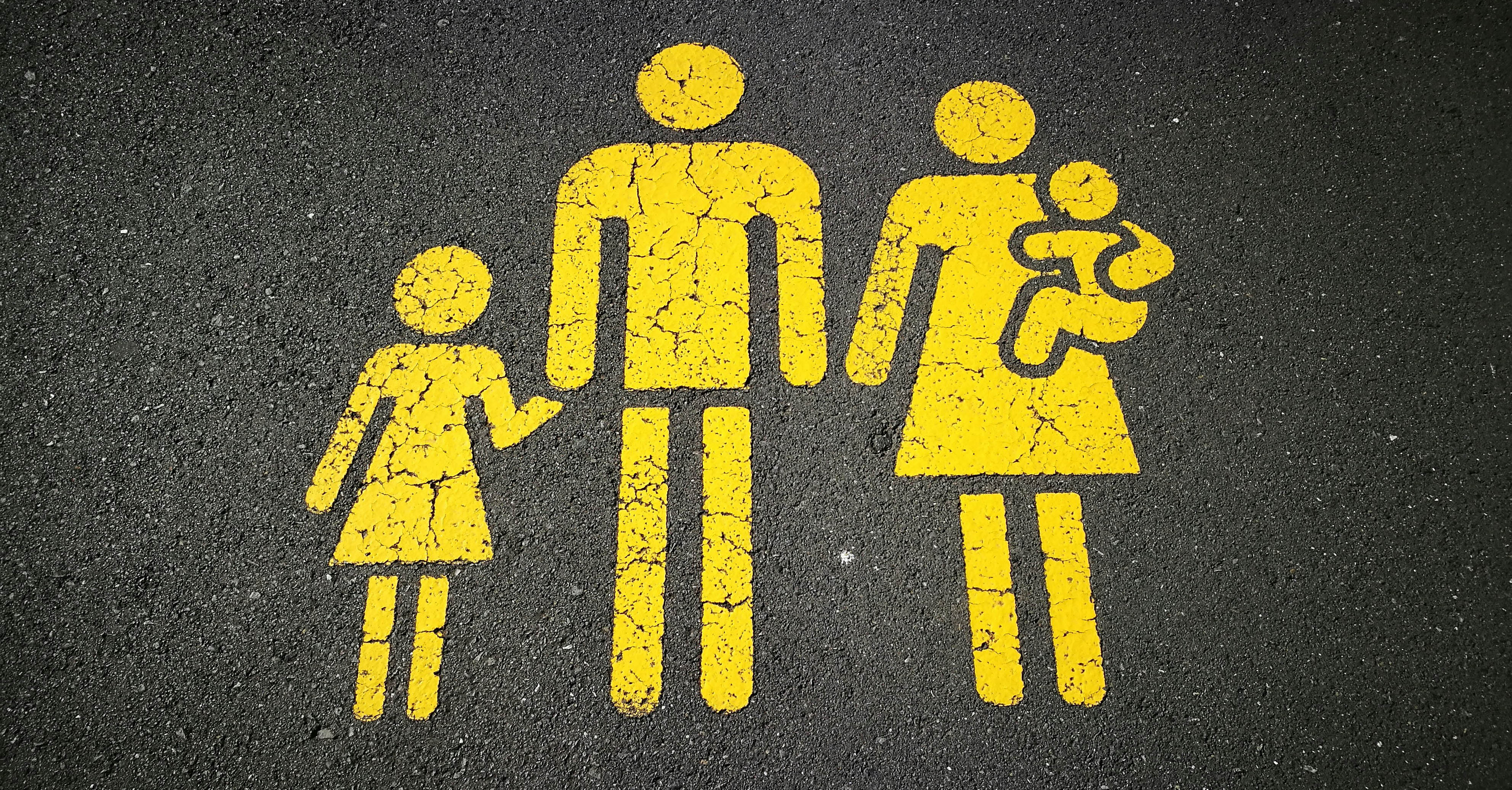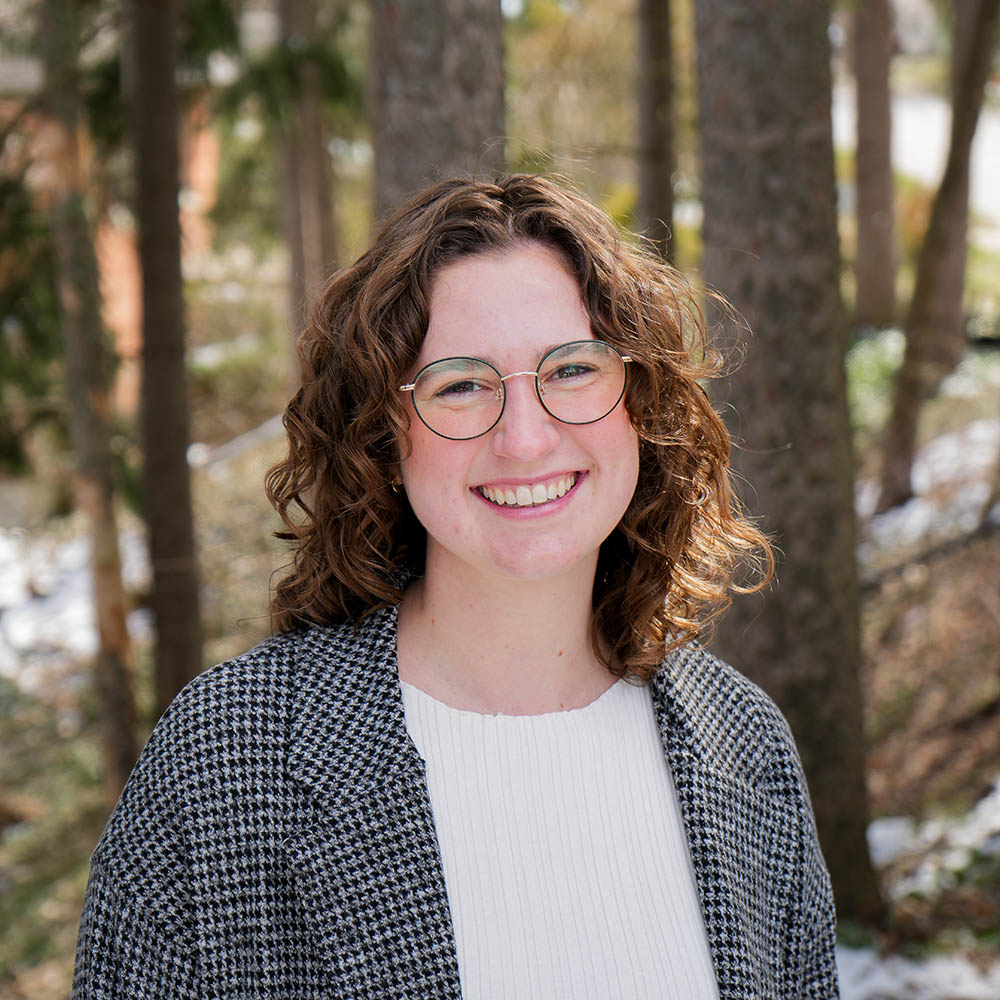Pediatric Medical Home model: Enhancing support for families through community collaboration

By Annie Clark
Master’s Student, Public Health and Social Work
Imagine a family navigating a labyrinth of services during a personal struggle—the process is daunting at best, debilitating at worst. The complexity of seeking social services calls for an effective strategy to connect families with the help they need without unnecessarily overwhelming them. The Pediatric Medical Home (PMH) model exemplifies a cohesive approach to linking clinical and social care—a promising blueprint for fostering community partnerships and strengthening family support networks.
PMHs provide family-centric, accessible, and comprehensive primary care. Robust relationships are central to PMHs and foster partnerships with families, clinical specialists, and community resources. These relationships enable smooth transitions between medical and non-medical services within and outside the clinical setting, delivering wraparound health and social care to patients and their families.
Drawing on the PMH model, we considered how community organizations might use similar principles. Building on our work with pediatric providers around social needs screening, our Healthy Ypsi project seeks to enhance bi-directional partnerships between a local PMH—the Ypsilanti Health Center (YHC)—and family-serving community organizations. As part of Healthy Ypsi, we asked 17 community organizations in Washtenaw County about their perspectives on connecting families to services.
Can Pediatric Medical Homes provide a model for community relationships?
Similar to studies of the PMH model, our findings underscored the need to nurture relationships, specifically among social service organizations in order to coordinate care and improve the experience for families. Interview themes included:
- Healthy working relationships among community organizations, which we term tertiary relationships, facilitate service delivery.
- Social service agencies must establish trust with both the families they serve and collaborating organizations.
- Tech-based strategies are helpful, but human connections remain critical for effective program administration and warm hand-offs.
For example, a staff member at a local community agency noted: “We treat people here as a person, not a number. They're coming to us. They may have needs that we are not equipped to handle, but with our partnerships and relationships in the community, we're able to give them that warm hand-off for them to get their needs met.”
Challenges to effective collaboration among community-serving organizations
Although many organizations endorsed these themes, challenges were also identified.
Currently, community organizations in Washtenaw County lack systematic incentives or mechanisms to prioritize partnership-building. Addressing this shortcoming requires innovative approaches, such as incentivizing collaboration and shared spaces, similar to the PMH co-location model.
One director said:
“Do we offer some shared space where staff from there can come over here and connect with our clients or vice versa? … I just wonder how we could work together a little more closely. Is it through a shared record system? Is it through regular meetings? Is it through shared space?”
Community organizations must serve clients while managing operations that sustain their programs, space, and staffing. It can be difficult to maintain up-to-date knowledge of all community resources. Promoting awareness of existing local services and strengthening tertiary relationships among organizations can improve resource allocation and prevent mission creep for community-based agencies.
Another director noted:
“I think one of the big things is getting people to truly collaborate with each other and realize that if I put someone in touch with [another organization], it doesn't mean that I'm losing money or dollars or funding or something.”
Building organizational capacity for collaboration could allow agencies to improve referrals rather than duplicate programs. In a landscape with funding scarcity, organizations trying to do “too much” can be at risk for overextension which may heighten unhealthy competition (vs. cooperation) with organizations that already provide that service.
What is needed to build healthy tertiary relationships?
While initiatives like Healthy Ypsi offer valuable insights, addressing the complexities of tertiary relationships remains challenging and demands ongoing work. PMHs offer one model of formalizing connections among community-based organizations who serve the same population. Existing models of collaboration among community-based partners can also be helpful to consider. Widespread use of tools such as FindHelp could enhance resource awareness and create a universal referral system to support collaboration.
Yet, formalized social services must be approached with caution and community input. For example, informal mutual aid networks hold an essential role for many communities.
A local non-profit leader commented:
“[Our director is] very sensitive to us not trying to come up with our own solutions when there are informal solutions that exist in the community, and then edging them out. So asking people things like, ‘Well, how is it that you're meeting this need already?’ Oh, it turns out this neighborhood already has an informal carpool to get people to their appointments. We don't need to put them out of business by creating our own bus.”
Work to foster formalized relationships among organizations must be mindful to honor the autonomy and legitimacy of these grassroots initiatives.
Supporting community collaboration: Moving forward
Community social services must navigate a nuanced and ever-changing landscape. Supporting tertiary relationship health across organizations may help families navigate services more easily. At YHC, efforts to do so are taking shape through a clinic redesign that incorporates space for community organizations to meet with families and with each other. Gathering community organization perspectives is an essential first step in building trust and establishing the human connections that are needed for children and their families to thrive.
About the author
 Annie Clark is a master’s student at the University of Michigan working toward a Master of Social
Work and a Master of Public Health. Her recent work alongside the Healthy Ypsi project
seeks to promote healthier relationships amongst community organizations. She currently
serves as a Community Partnerships and Projects Intern at The Children's Center in
Detroit. After she graduates in December 2024, she is excited to focus her career
on equitable community-based programming to support the health of youth.
Annie Clark is a master’s student at the University of Michigan working toward a Master of Social
Work and a Master of Public Health. Her recent work alongside the Healthy Ypsi project
seeks to promote healthier relationships amongst community organizations. She currently
serves as a Community Partnerships and Projects Intern at The Children's Center in
Detroit. After she graduates in December 2024, she is excited to focus her career
on equitable community-based programming to support the health of youth.
A huge thank you to those who helped lead and contribute to the Healthy Ypsi work including: Dr. Alison Miller, Dr. Jenny Radesky, Dr. Rebecca Sokol, Dr. Sara Stein, Dr. Lauren O’Connell, Dr. Olivia Halabicky, Dr. Layla Mohammed, Wadad Itani, Sydney Strunk, Zihui Adams and the participating Washtenaw County organizations.
Thank you to the University of Michigan School of Public Health, Michigan Medicine, and to Public Health IDEAS for Creating Healthy and Equitable Cities, for funding this work.
Learn more about the Healthy Ypsi efforts to foster relational health among social service agencies in Washtenaw County. For those interested in learning more about community-based work and social determinants of health in the State of Michigan, read the August 2023 report from the Community Information Exchange (CIE) Task Force, part of the Michigan Department of Health and Human Services (MDHHS) Michigan's Roadmap to Healthy Communities.
